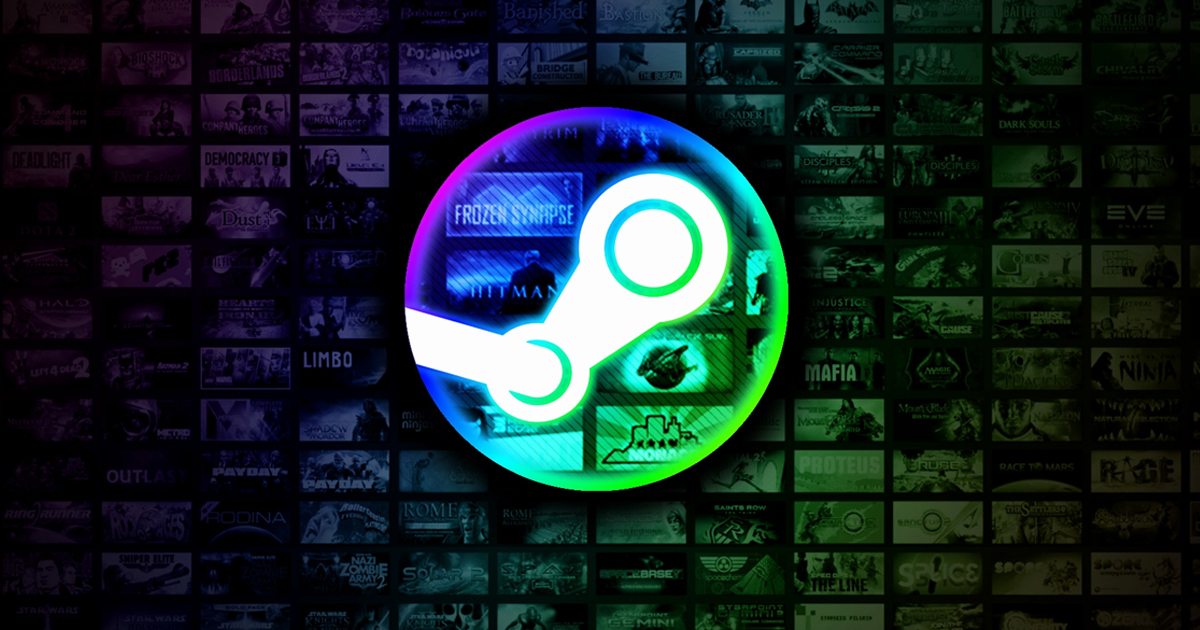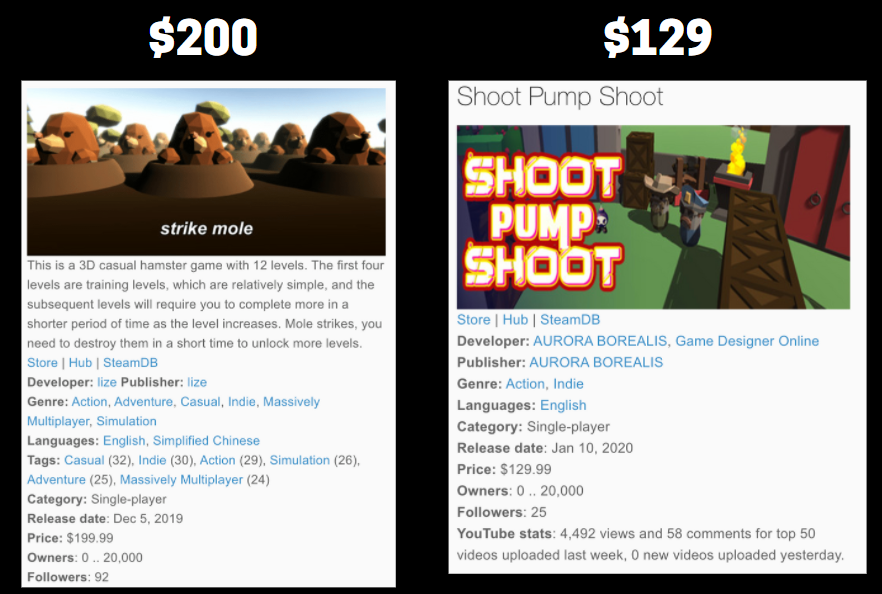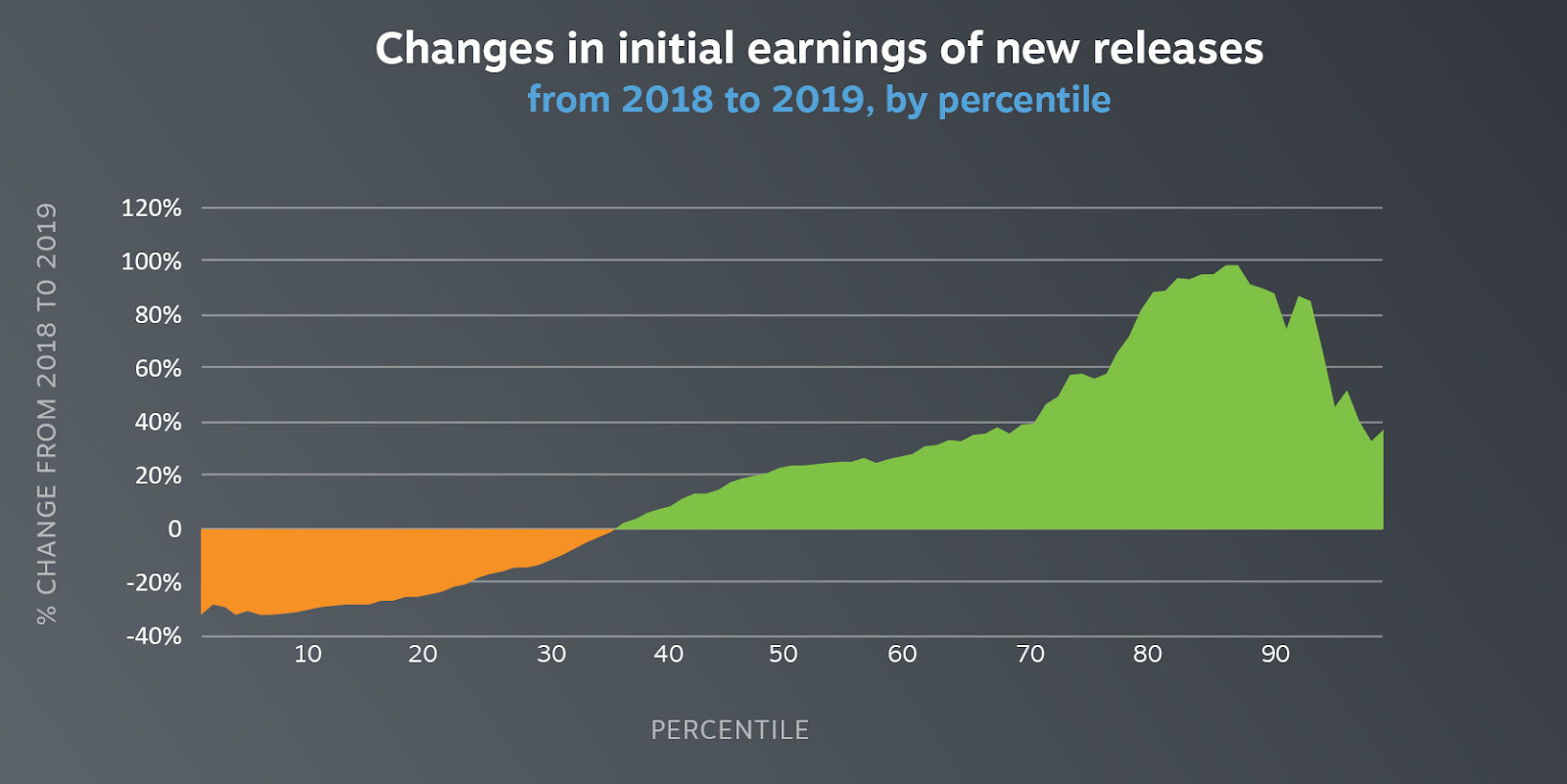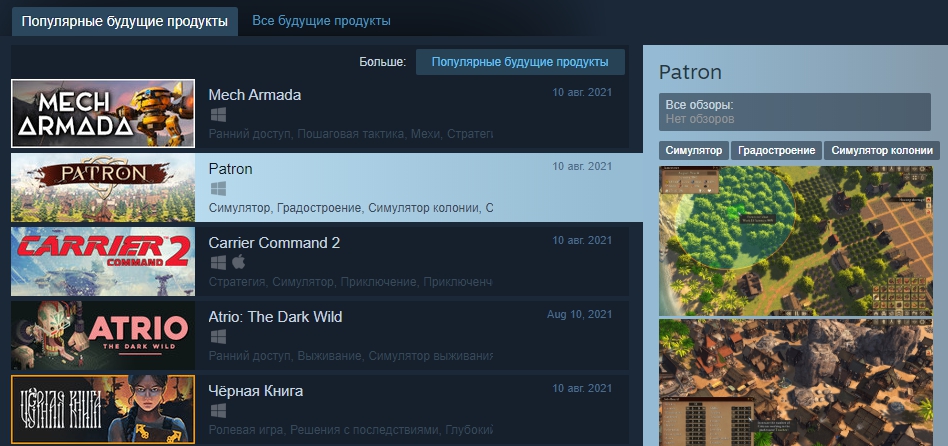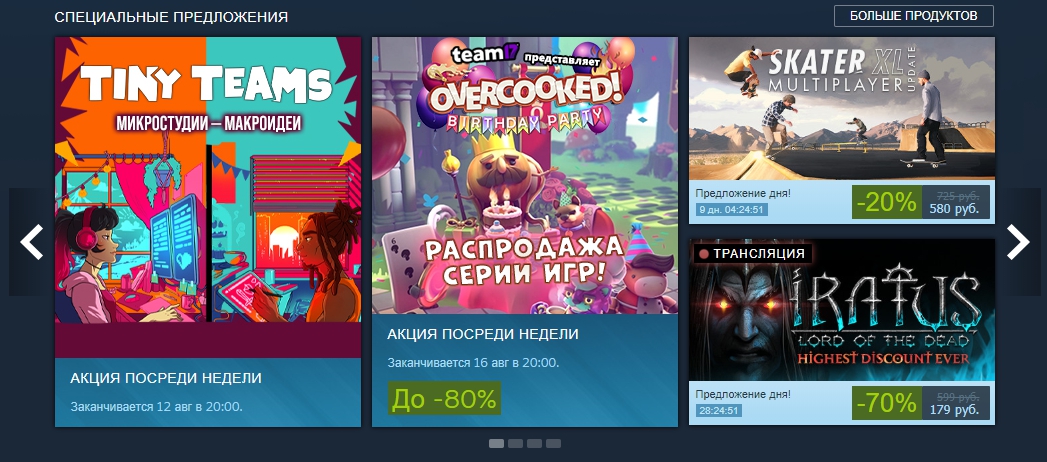A few years ago, the indie apocalypse almost turned Steam into a “garbage dump”. Valve managed to defeat the invasion of low-quality games, while continuing to let everyone into its store. However, due to the new Steam algorithms, small titles actually have no place left on the site. Marketing consultant Chris Zukowski told about this problem in his material for the website How To Market A Game.
A little background
In 2015, the so-called indie apocalypse happened — an invasion of small games from independent developers that literally flooded Steam. This was due to the lack of proper supervision by Valve.
In 2017, the situation worsened when the company closed Steam Greenlight and allowed anyone to release games on the site for a small fee of $100. Then scammers came to the store, releasing titles made on the basis of assets from Unity.
The authors of some similar projects at the same time put up completely absurd price tags of $ 100-200. They were even suspected of money laundering through the release of obviously non-paid games.
Examples of similar crafts
Another problem was the so-called “achievement spam”. Cheap titles for $1 were released on Steam, in which you could get dozens and hundreds of achievements in just a few minutes. At the same time, users received cards that could be sold for real money on the store’s trading platform.
As a result, Valve listened to the complaints of users and developers. The company has configured the algorithm so that it can stop the invasion of “crafts” and make their development unprofitable. In April 2020, Valve even shared a schedule from which it was clear that games in 2019 as a whole began to earn much more on release compared to 2018 due to improvements in the algorithm and the fight against low—quality titles.
The difference in the earnings of games on release in 2018 and 2019
However, the new Steam strategy has its drawbacks. According to Zhukovsky, Valve literally limits the visibility of games until they achieve certain results. This harms the authors of small games — regardless of their quality. As a result, today Steam encourages mainly developers of large titles with a serious marketing budget.
The problem with Vishlist
Steam has a section called “Popular Future Products”. Games that have overcome the mark of 5-10 thousand vishlists can get into it. This page is often visited by store users, and being on this list can easily provide 200-1000 vishlist per day.
On the one hand, this is a free promo for any developers and a great tool to increase the visibility of titles. On the other hand, not every developer can recruit even 5 thousand vishlists. This is especially true for the authors of small games, the creation of which takes only a few months or less.
Such projects simply do not have time to collect the necessary number of vishlist. Thus, they are deprived of the opportunity to be on this list and inevitably lose to more voluminous titles.
The problem with reviews
Steam uses a system of gradation of user reviews: positive, mixed, extremely positive, etc. This rating serves as a marker for players visiting the project page — more positive reviews usually stimulate sales.
However, Steam does not display this rating until the game crosses the 10 reviews mark. Until then, the title page will simply show the number of reviews — for example, two. Projects that have overcome this figure at the same time receive a special mark in the lists (thumbs up or down) so that users can see the evaluation of the game even before going to its page.
On the chart: L — sales of the game on release, and 10 — a new jump in sales, after reaching the mark of 10 reviews
Zhukovsky explains that there are usually 30 sales per user review. Thus, the author of a small game needs to sell at least 300 copies in order for Steam to assign him the coveted mark of ratings. It is worth noting that the reviews written on the titles received for free are not taken into account by the system.
The problem with achievements
Steam users mostly like achievements and sometimes buy small games just to add to their collection. The problem is that they will not be able to show the received achievements in their profile until the title generates a certain number of sales or reviews.
Valve does not specify what exactly this figure should be. Zhukovsky notes that one of the games he has released has not yet reached this unknown mark, and therefore users regularly complain about the inability to display the achievements they have received in their profile.
Gamers love long games
PC players on average gravitate towards titles that can offer dozens of hours of gameplay, or have replayability. That is why it is much more difficult for small projects to get positive ratings.
Valve itself contributes to the development of this trend. Steam algorithms increase the findability and visibility of long titles, almost completely ignoring small projects. Below are some examples:
- Steam recommends projects that your friends play, but this list is sorted by the time spent in them;
- in the profile, users can show games by the number of hours spent in them — these will be the longest and largest titles;
- Valve knows that the success of a game is most often measured by the time spent in it, so most widgets in the store are somehow related to this indicator (time in the game at the time of writing the review, time in the game over the past two weeks, etc.).
Problem with other promo tools
On the Steam homepage, you can see games marked “Offer of the day”. Zhukovsky notes that even small titles with such a mark can earn several thousand dollars a day.
However, it is quite difficult to get such a promo from Steam. To do this, the developer must submit an application, which will be considered by Valve specialists. First of all, they pay attention to a number of metrics, but it is not known which ones.
The right shows the titles that fell into the “Offer of the day” category
According to Zhukovsky, only titles that have already earned hundreds of thousands of dollars can get into the “Offer of the Day”. It is logical that it is virtually impossible for small and quickly made projects to get such a promo.
Another promotion tool is pop-ups when launching Steam. This is a list of the latest news and events of the store, in which users are shown interesting offers and games. Sometimes such a promo is even more effective than the “Offer of the day”. But only titles with hundreds of thousands of vishlists or equivalent revenue can get there.
Pop-up window when starting Steam
Conclusions
Zhukovsky notes that Steam has many effective tools for promoting games. They just open up only to developers of sufficiently large and already successful titles. That is why it is better to have one game with sales of over 10 thousand copies than 10 projects that have sold a thousand.
From a business point of view, Valve is doing everything right — promoting titles that bring her money. The company does not refuse anyone to publish on the site, but only a small percentage of developers can earn serious money on it and get full access to all promotional tools.
At the same time, Zhukovsky believes that it is not worth completely abandoning the creation of small games. Firstly, this is a great way to try your hand at game development and hone your skills. Secondly, you can make several small projects and invest in the promotion of one that will be most attractive to Steam algorithms and its users.

